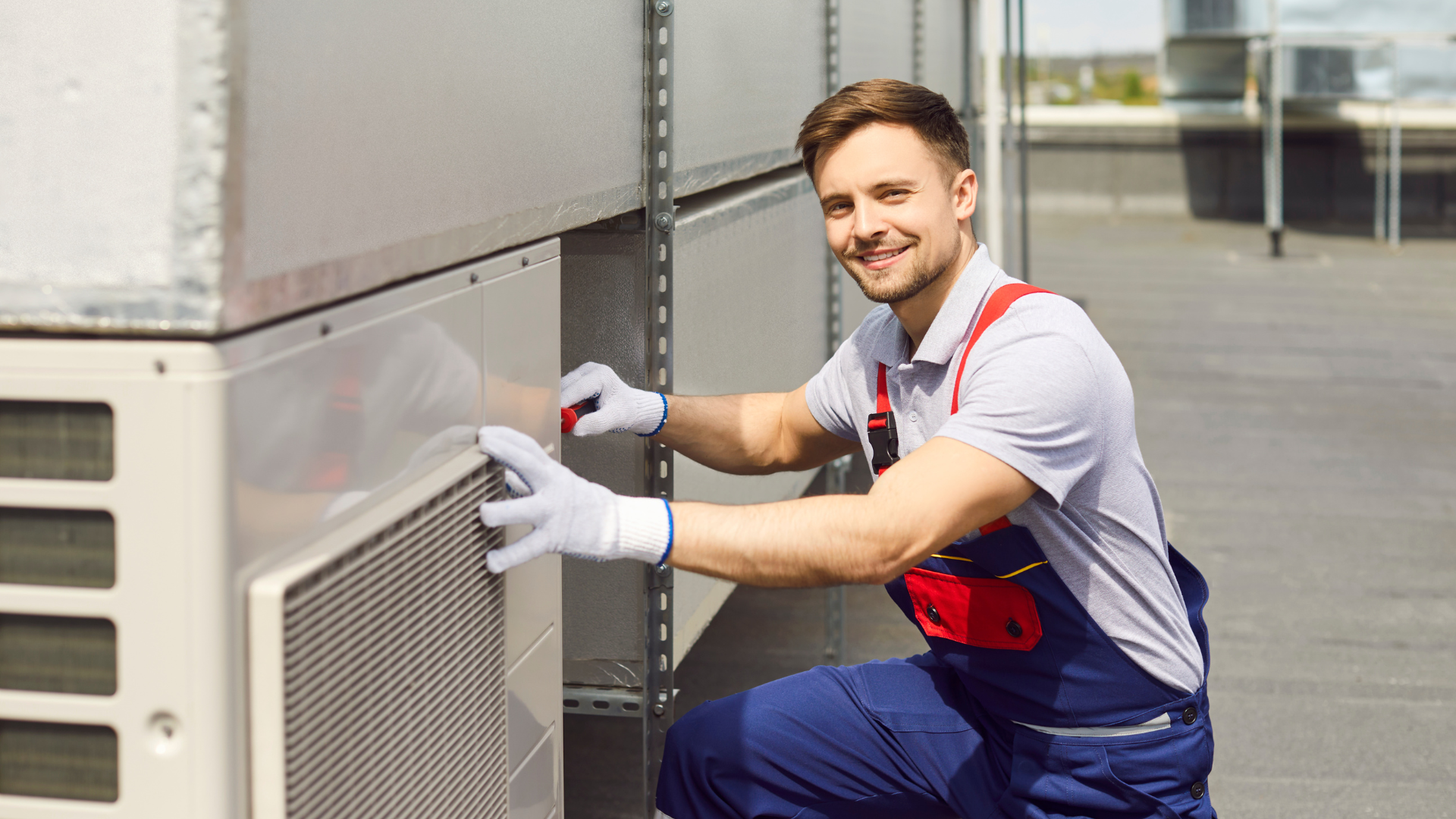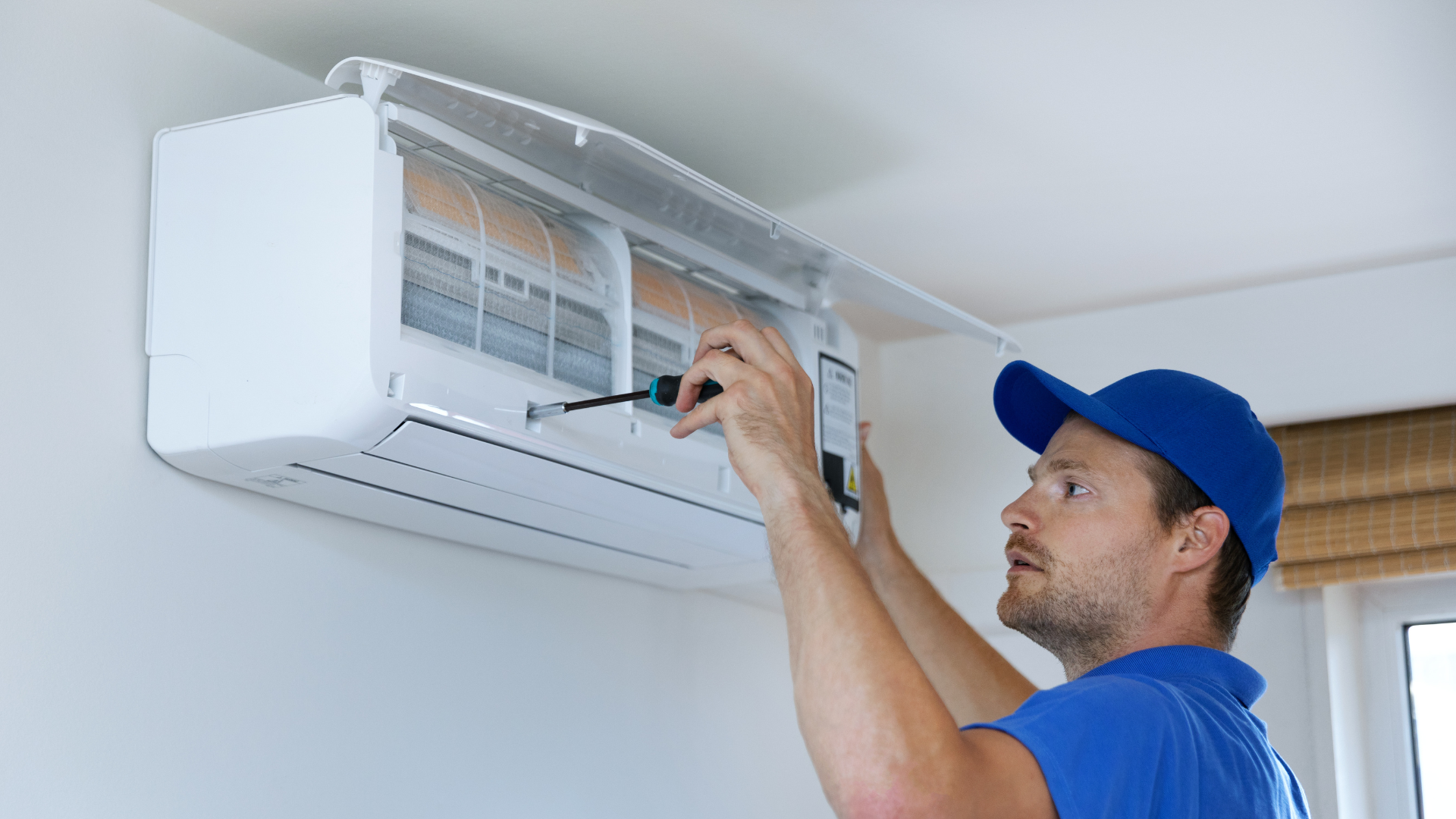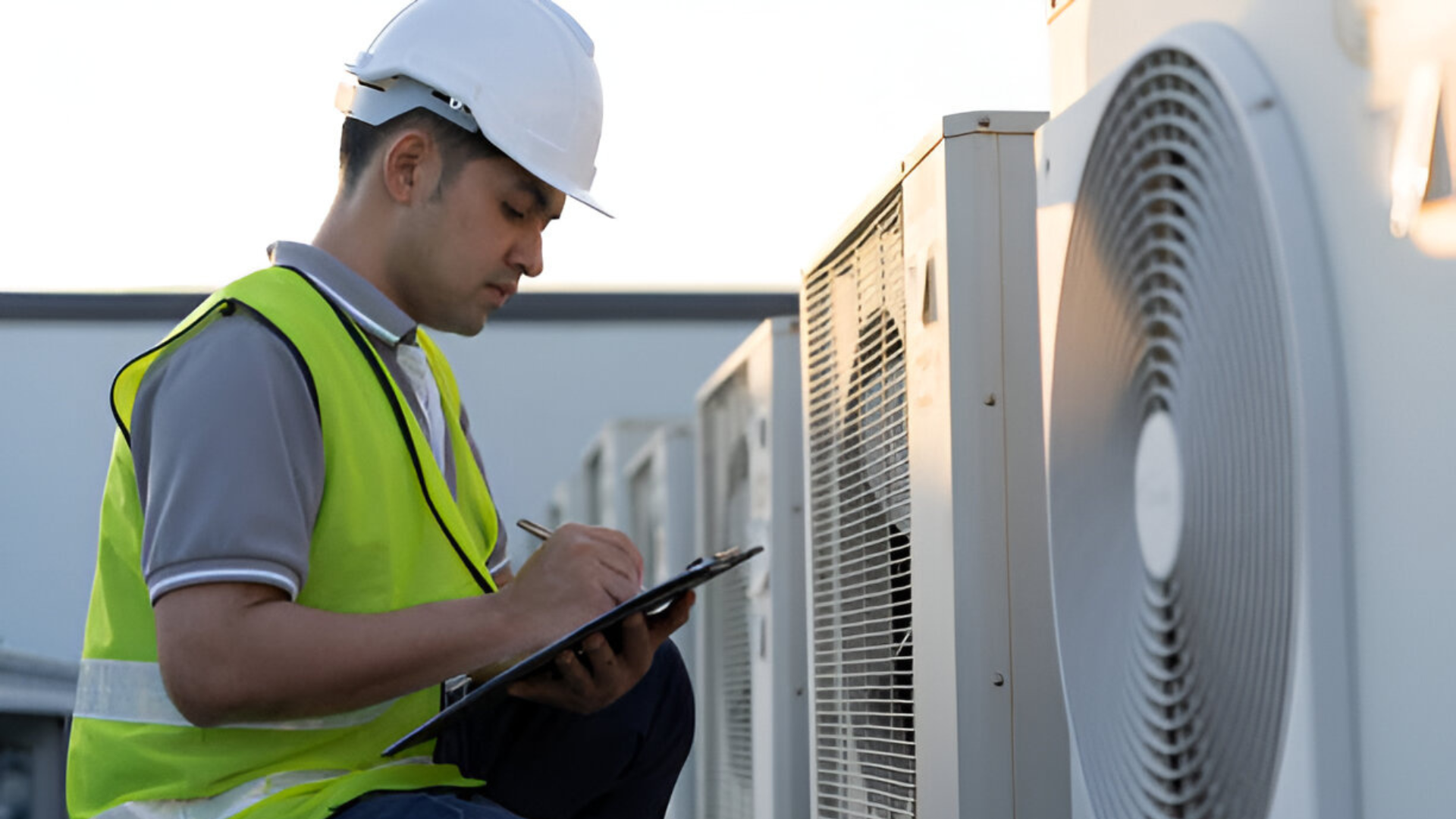Every HVAC business has heavy demand in peak summer and winter, yet once temperatures level out, the calls slow down, cash flow dips, and teams lose momentum.
Relying only on these busy months creates unstable revenue cycles that block long-term planning and make growth harder to sustain.
The most successful companies break this pattern by offering maintenance plans for recurring work, using pre-season discounts to spark early demand, and running creative promotions that keep leads flowing all year long.
6 Proven Ways to Boost HVAC Sales in the Off-Season
Slow months don’t have to mean slow revenue. HVAC companies that approach the off-season with a strategy keep cash flow steady, generate quality leads, and strengthen customer loyalty.
By shaping demand through planned offers and smarter operations, you can drive predictable growth instead of waiting for the next temperature to hit the bar.
This blog outlines some widely used strategies for boosting off-season sales and shows how HVACBase helps execute them with automation and precision.
Quick Insights:
- During slower months, HVAC companies can rework marketing campaigns.
- Relying only on peak summer and winter months creates revenue gaps that stall growth and planning.
- CRMs and automated reminders streamline tasks, improve follow-ups, and prevent missed opportunities.
- With the right software like HVACBase, contractors and teams stay on schedule and generate good revenue for the company.
What Happens to HVAC Businesses in the Off-Season?
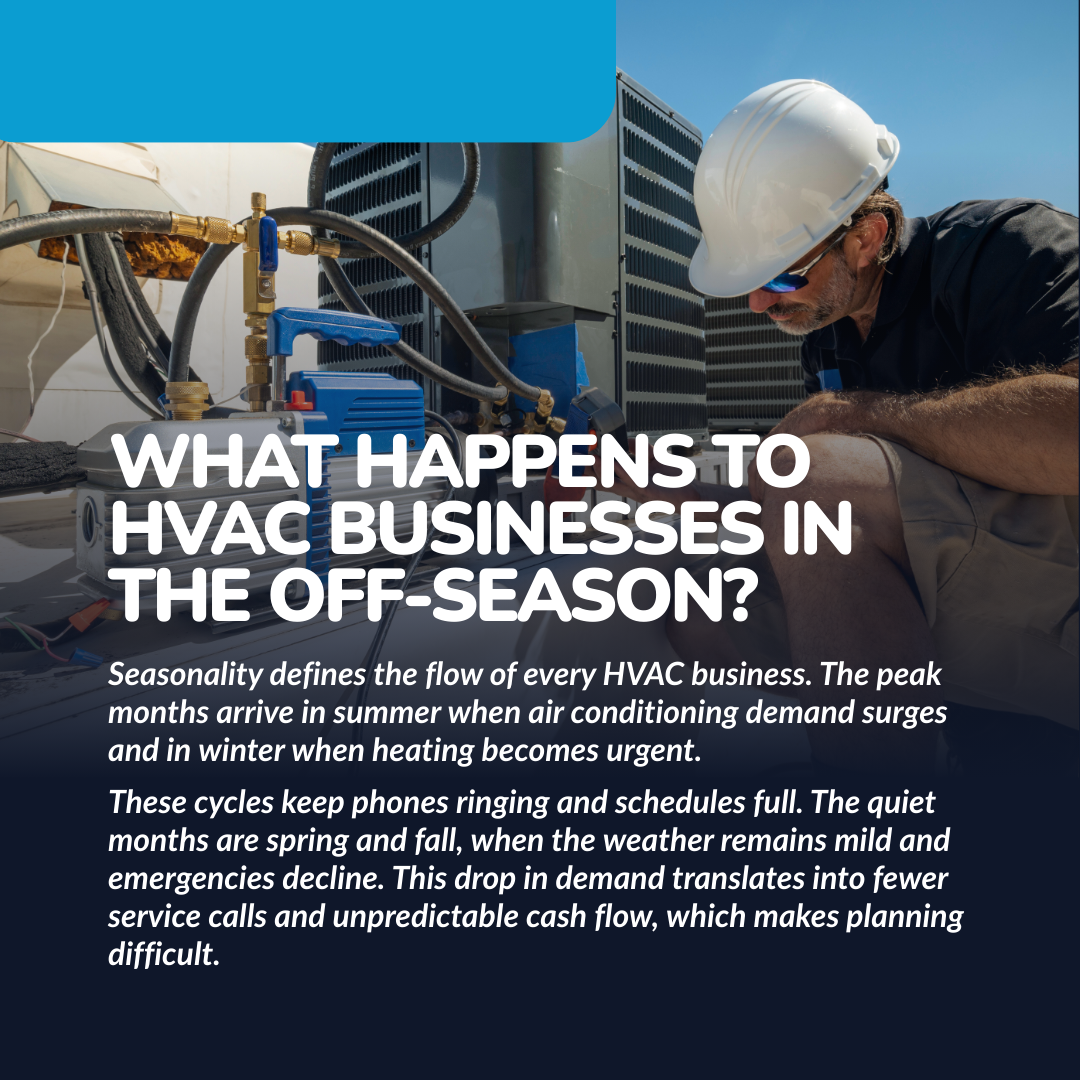
Seasonality defines the flow of every HVAC business. The peak months arrive in summer when air conditioning demand surges and in winter when heating becomes urgent.
These cycles keep phones ringing and schedules full. The quiet months are spring and fall, when the weather remains mild and emergencies decline.
What looks like a simple lull can quickly disrupt the business. Fewer appointments mean less revenue coming in, while regular expenses like payroll, rent, and vendor payments stay the same.
The Hidden Cost of the HVAC Off-Season:
A. Idle Workforce
When call volume drops, technicians spend more time waiting than working in the field. Payroll costs stay constant while the worker sits idle, draining profitability and lowering team efficiency.
B. Cash Flow Problems
Fewer jobs mean an income shortage to cover payroll, utilities, and vendor payments. Dependence on peak season income creates unstable cash flow and limits the ability to reinvest in growth initiatives.
C. Customer Disconnect
In quieter months, many customers stop hearing from their HVAC provider. Competitors who maintain visibility through promotions and outreach gain mindshare, while loyalty weakens and retention becomes harder once demand rises again.
D. Growth Platform
When lead generation dries up, the sales pipeline pauses, and expansion remains at the same point. A business that fails to create steady demand risks losing ground to competitors who continue to market and capture attention during off-season months.
Read: What Is Manual J in HVAC & Why It Matters
Why Traditional Sales Tactics Don’t Work Year-Round?
The sales methods that bring in customers during the summer or winter often lose their power once the weather evens out. The urgency fades, and so does the effectiveness of relying on the same old playbook.
Let's study some reasons why traditional techniques don't work:
I. They Rely on Emergency Calls
Traditional sales depend on breakdowns and urgent service requests. In mild weather, emergencies drop, and with no proactive outreach in place, revenue dries up.
II. They Can’t Maintain Steady Cash Flow
Peak-season promotions create short-term spikes, not steady income. This leaves long gaps in revenue during spring and fall, making planning and budgeting difficult.
III. They Engage Customers Too Infrequently
Old-school sales wait for customers to call first. Without consistent touchpoints in the off-season, customer relationships weaken and loyalty fades.
IV. They Use One-Size-Fits-All Marketing
Generic ads that work in busy seasons don’t connect when urgency is low. Therefore, off-season buyers need tailored offers and education, not emergency repair slogans.
V. They Leave You Behind Competitors
While you wait for the next heatwave or cold snap, proactive competitors stay visible and build brand trust, capturing market share before peak season returns.
Streamlining Off-Season Sales: 6 Proven Strategies
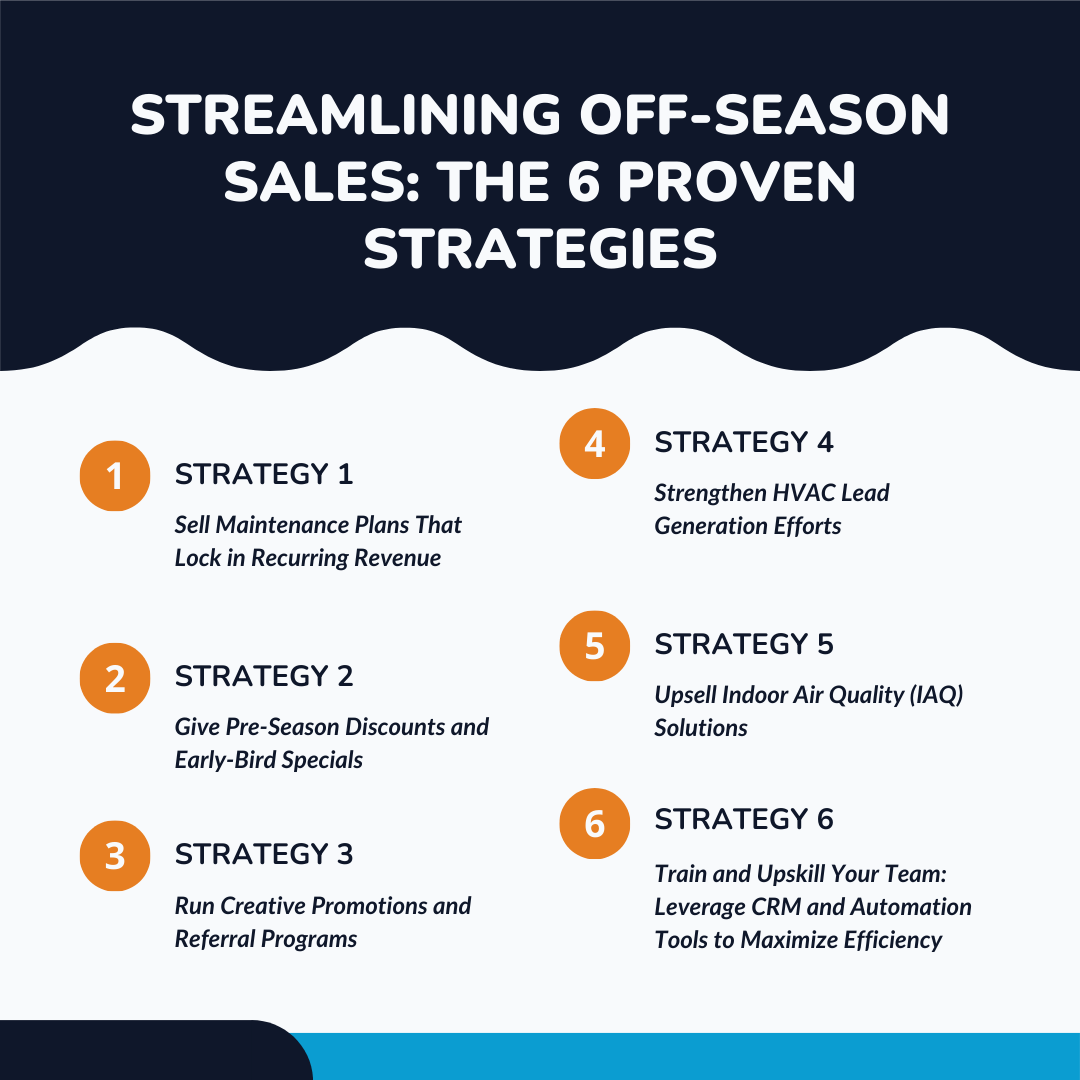
Strategy 1: Sell Maintenance Plans That Lock in Recurring Revenue
Service agreements secure a steady income even when seasonal demand slows down.
They make your customers feel some confidence that their systems will be repaired quickly, helping them save 10–30% on bills, and often include warranties on certain issues.
For your business, they bring predictable revenue to cover payroll and other fixed expenses. Maintenance plans also keep employees busy, boost client loyalty, and generate regular HVAC leads without heavy marketing costs.
Fact: The HVAC global market size is expected to grow to $407.77 billion by 2030 at a CAGR of 6.4%.
Strategy 2: Give Pre-Season Discounts and Early-Bird Specials
Pre-season incentives to schedule service, before the rush, enhance early revenue and streamline the production pipeline before peak month hits.
Early sign-ups often lead to more maintenance plan enrollments, multiplying recurring revenue and giving customers an extra reason to engage.
Strategy 3: Run Creative Promotions and Referral Programs
Promotions are most effective when they give customers a reason to take action "NOW". For example, offering an AC cleaning with a free duct inspection creates instant value for a customer and keeps your technicians busy rather than waiting for the phone to ring.
Referral programs add another layer of growth. Happy customers are the strongest sales force you can have, and they respond quickly when the reward feels worth it.
Strategy 4: Strengthen HVAC Lead Generation Efforts
Slow months are the perfect time to stay visible and build your future pipeline. Email and SMS sequences bring everything together by reminding customers why they need your business and making it easy for them to book.
By creating and combining all of these aspects of your marketing, this approach builds qualified leads, keeps your workforce active, and saves revenue.
Strategy 5: Upsell Indoor Air Quality (IAQ) Solutions
Homeowners, even in comfortable weather, tend to think about comfort and the air that their family breathes, which is why indoor air quality is an excellent off-peak opportunity.
Offering products like air purifiers, humidifiers, UV lights, or duct cleaning gives customers something that can directly impact their home quality, while keeping
your team busy.
Upselling works best during regular maintenance visits. For example, if your technician sees excessive dust and simply mentions an air purifier for the benefit of the customer, the service call is transformed into an additional income opportunity without being pushy.
Strategy 6: Train and Upskill Your Team: Leverage CRM and Automation Tools to Maximize Efficiency
The off-season is the time to create systems that keep your team active and generate revenue without relying solely on emergencies.
A solid CRM not only centralizes customer data but also keeps track of service history and segments clients by demographics to offer targeted promotions. (The
HVAC services sector averages a 3.1% website lead conversion rate.)
Automation takes it further by eliminating repetitive tasks and sending reminders through email and SMS for pre-season tune-ups or maintenance renewals.
Used effectively, these tools help you capture every opportunity, improve conversion rates, and keep your off-season schedule full.
Read: How Commercial HVAC Service Software Streamlines Fieldwork
How to Execute These Strategies Effectively?
Step 1: Use Data to Target the Right Customers
During slower months when income or revenue dips, the customer data is the solution to boost it.
By sorting the customer data into specific HVAC business needs, you can target the right customers with ease. With this focused approach, lead generation becomes easy and attracts high-quality prospects who are more likely to convert.
Step 2: Track and Refine Promotions
Promotions in digital marketing only work when it is tracked properly. Tracking traffic and website helps in lead generation services and converts high leads directly into sales.
The result? Lead generation and acquisition costs stay low, and the costs for email marketing, reviews, or local SEO also stays under budget.
Step 3: Use CRM and Automation Tools to Maximize Revenue
When business slows down, a strong CRM system ensures you capture every opportunity instead of missing leads.
A CRM centralizes all service history, leads, customer communications, and website interactions in one place, making follow-ups faster and more effective.
Layering automation on top of this (like email or SMS reminders) keeps your brand in front of customers and helps convert dormant leads into active revenue.
Introducing HVACBase: All-in-One Platform for HVAC Growth

Each strategy mentioned in this blog works better and is more profitable with the right system in the HVAC industry, and HVACBase is built exactly like that.
It is the right crm tool for off-season HVAC business marketing campaigns and is best for lead generation strategies.
HVACBase is an all-in-one business management platform built specifically for HVAC contractors who want to grow faster, stay organized, and keep revenue flowing year-round, even during slow seasons.
The Important Features that Drive Results:
1. CRM & Customer Management
Slow seasons are the perfect time to reconnect with past customers. With all their service history and contact info in one place, it’s easy to reach out with special offers or reminders and bring in repeat business.
2. Job Scheduling & Dispatching
When work slows down, every job matters. Smart scheduling helps you fill empty time slots quickly and cut down on travel, so your team can get more done in less time.
3. Mobile App for Field Techs
Keep your technicians busy and informed on the go. With real-time job details on their phones, they can handle more calls smoothly—even when work is light.
4. HVAC Design & Load Calculation
Use the off-season to win new installation projects. Accurate Manual J, S, and D calculations help you impress customers and close bigger jobs while repairs are slow.
5. Proposals & Estimating
Send polished, branded quotes in minutes. A fast, professional proposal can be the difference between landing a job and losing it during a slow month.
6. Invoicing & Payments
Cash flow is critical when sales dip. Instant invoicing and quick payment collection help keep money coming in and your business running smoothly.
7. Inventory Tracking
Avoid tying up money in extra stock. Real-time tracking shows exactly what you have across trucks and locations, so you only order what you need.
8. Dashboards & Reports
See where sales are slowing down and act fast. Real-time reports help you adjust your strategy before it hits your bottom line.
9. Automation
Let automation do the follow-up for you. Reminders, service renewals, and seasonal check-up offers go out automatically—keeping work coming in even when demand is low.
Final Thoughts: Grow your business with HVACBase
The off-season doesn’t have to mean slow revenue. While many HVAC companies struggle with idle teams, cash flow gaps, and low customer engagement during spring and fall, the businesses that plan ahead turn this downtime into their biggest advantage.
By offering maintenance plans, launching pre-season discounts, running creative promotions, and upselling IAQ solutions, you can keep your pipeline full and your technicians productive all year long.
Pairing these strategies with smart lead generation, data-driven targeting, and automation ensures your growth doesn’t stop when the weather stabilizes.
This is where HVACBase becomes a game-changer. It brings all your off-season strategies into one platform.
Want to keep your HVAC pipeline full even in slow months?
Don’t wait for the next heatwave or cold snap to grow; build momentum now with HVACBase.
Book a demo with HVACBase today. Boost sales and generate leads even in slower months.
FAQs
Q.1 What is an HVAC lead?
An HVAC lead is merely a potential customer who has expressed interest in heating, cooling, or indoor air quality services. These could include, for example, a homeowner completing a form for a tune-up, someone calling in to repair an AC, or a referral from an existing client.
Q.2 How much do HVAC leads cost?
The cost of HVAC leads can vary based on where they come from. For example, purchasing shared leads from a third-party marketplace can cost $20–$80 per lead, but it typically has competition.
Have questions or need personalized advice?
Talk to an Expert Today and let our construction specialists guide you to success.


